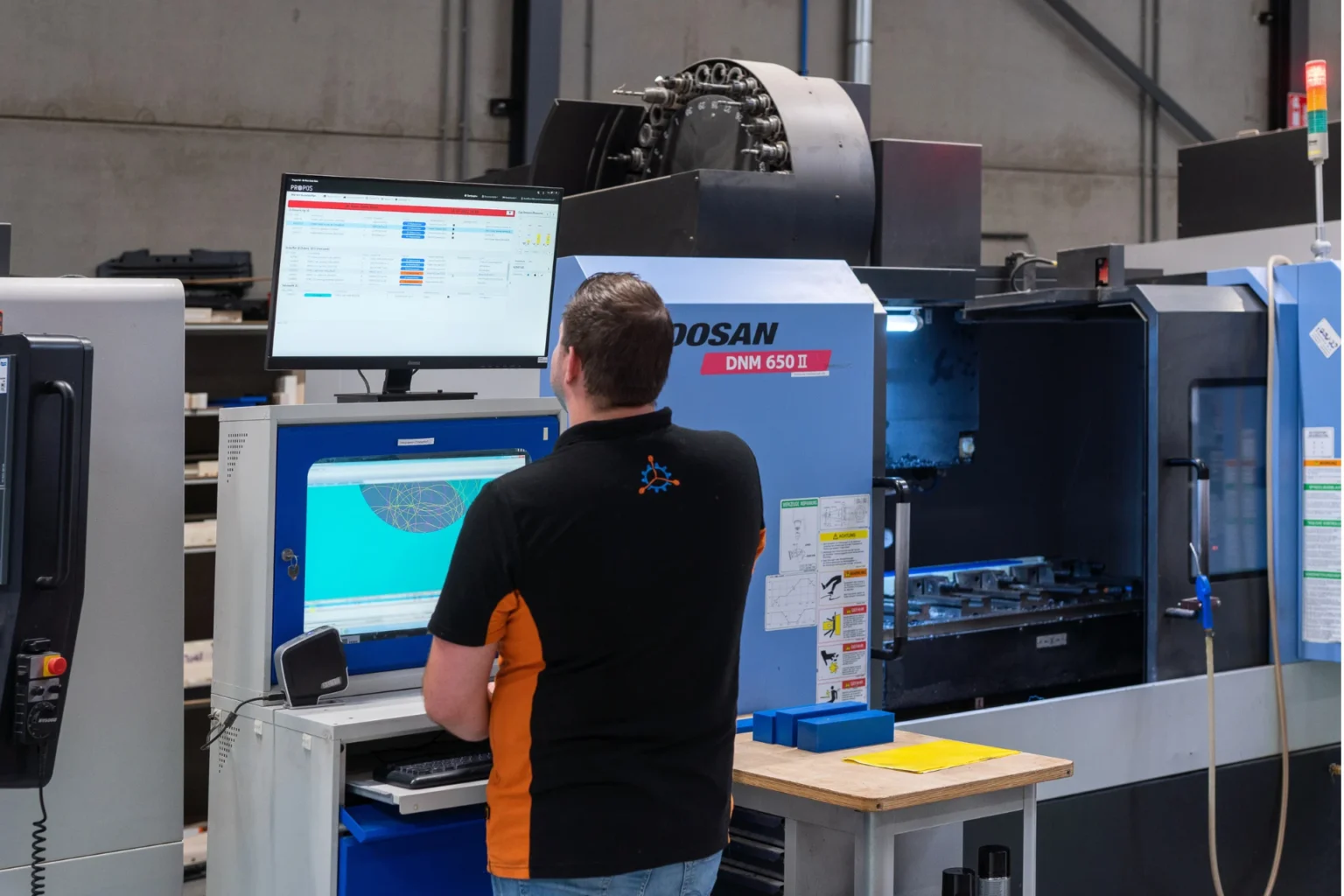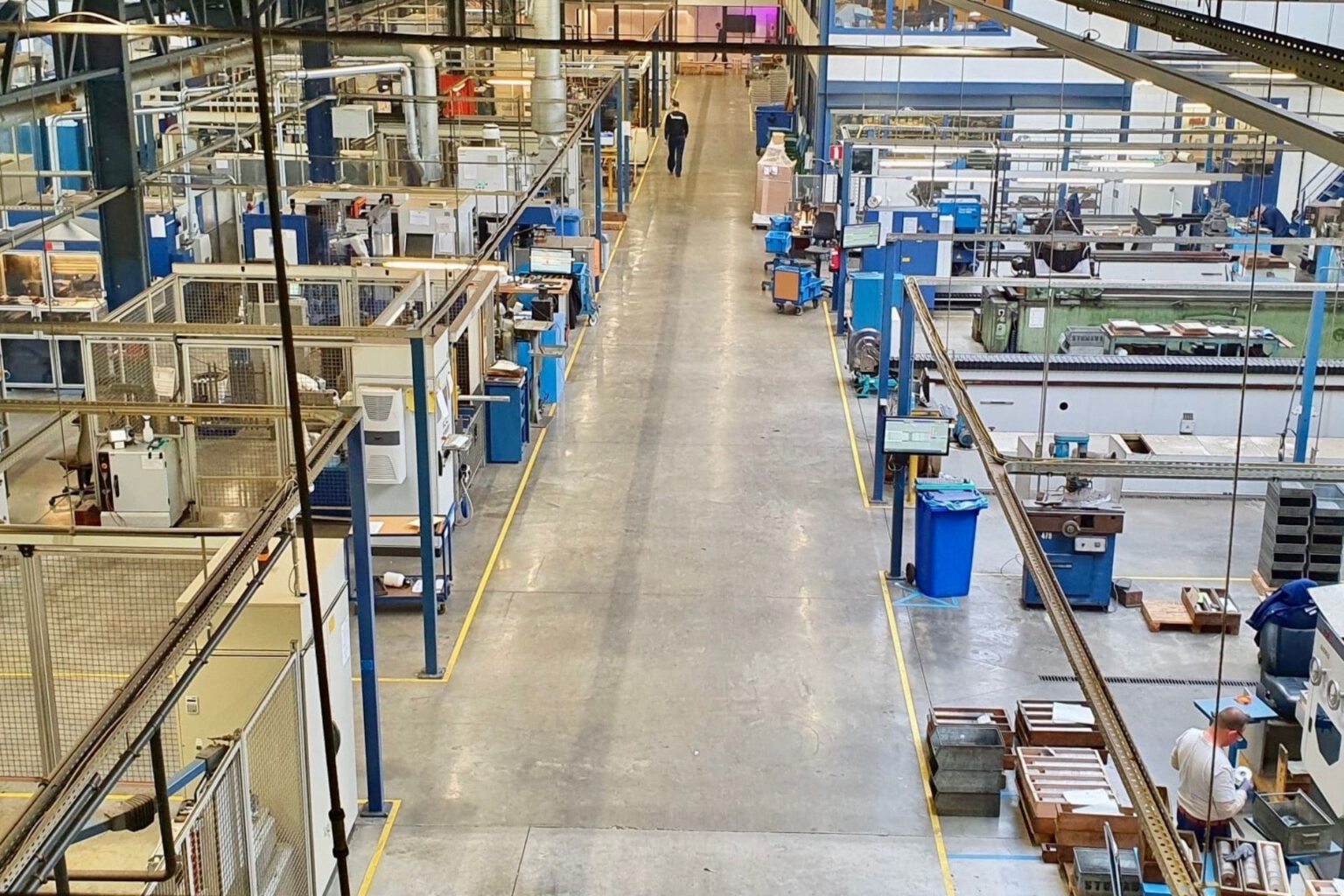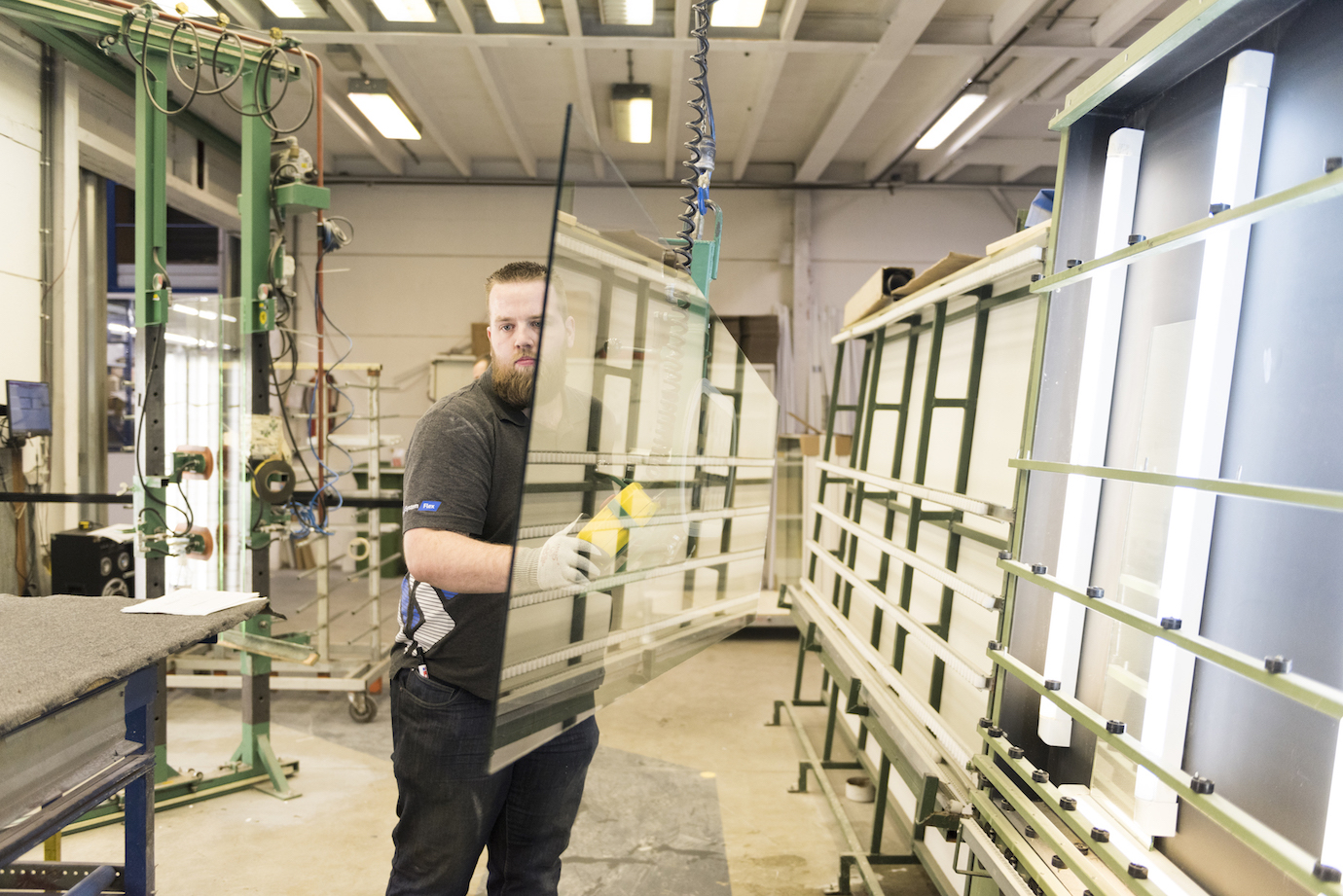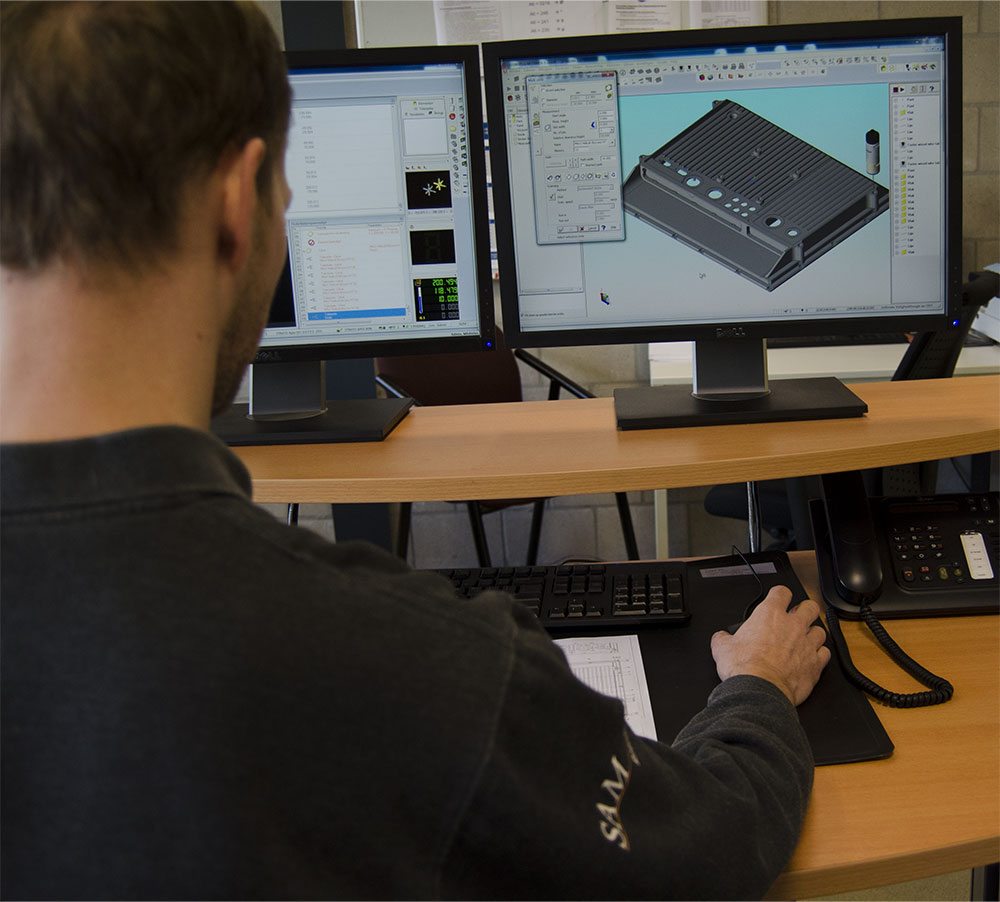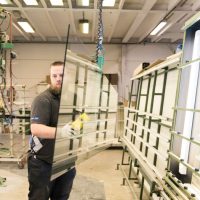QRM has been developed as a logistic improvement method that fits in better with the large variety that job shops and ‘high mix, low volume’ production environments have to deal with. QRM is all about the production cells (QRCs) functioning as if they were their own mini-companies serving one market segment, in order to ensure an optimal flow. Each cell focuses on its own duties regarding semi-finished products, after which the products can follow varying routes along multiple production cells.
The flow of QRCs is regulated between the production teams themselves. For this, PROPOS is the only one to develop a digital POLCA variant. (What is digital POLCA?)
As soon as a task is complete, the concerning production cell issues a message in the system: “We can receive new work.”
Therefore QRM focuses specifically on ‘waste reduction’. The performance indicator for this is the Manufacturing Critical Path Time (MCT). This is based on the time you need to move from raw material to product. The better QRM is applied, the shorter the lead times and therefore: less inventory and shorter lead times.
So, in short, what is QRM?
- A network of self-managing production cells;
- A regulated workflow;
- The lead time as a performance indicator.
You do not have to apply all QRM principles to be able to work with PROPOS software. Even when you’re new to QRM you can still greatly benefit from PROPOS software. PROPOS does work with production cells and gives you fully automatic insight on your MCT maps. This allows you to improve your lead time and streamline ‘high mix, low volume’ production for optimal flow.
Do you want to know more about QRM in practice? ‘The Fabricator’, a magazine for manufacturers, posted an interesting article about a QRM case study of Downing Industries. You can read it here.


